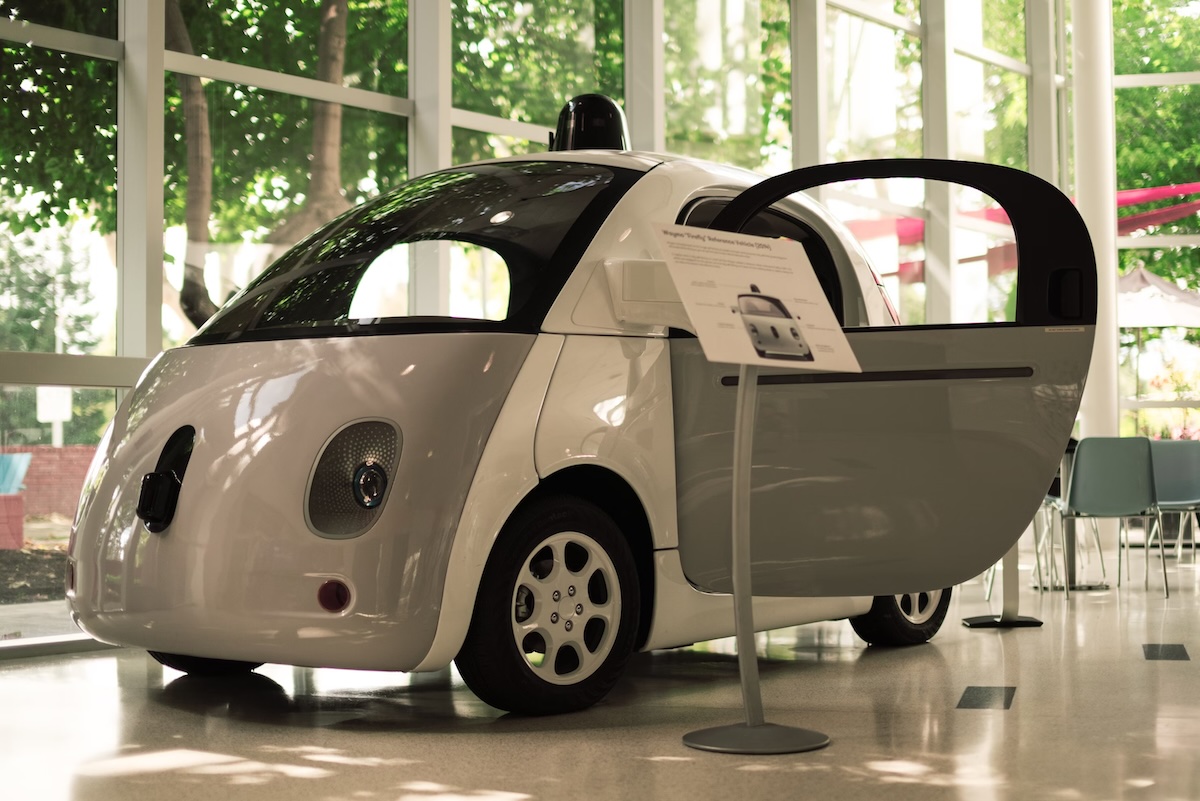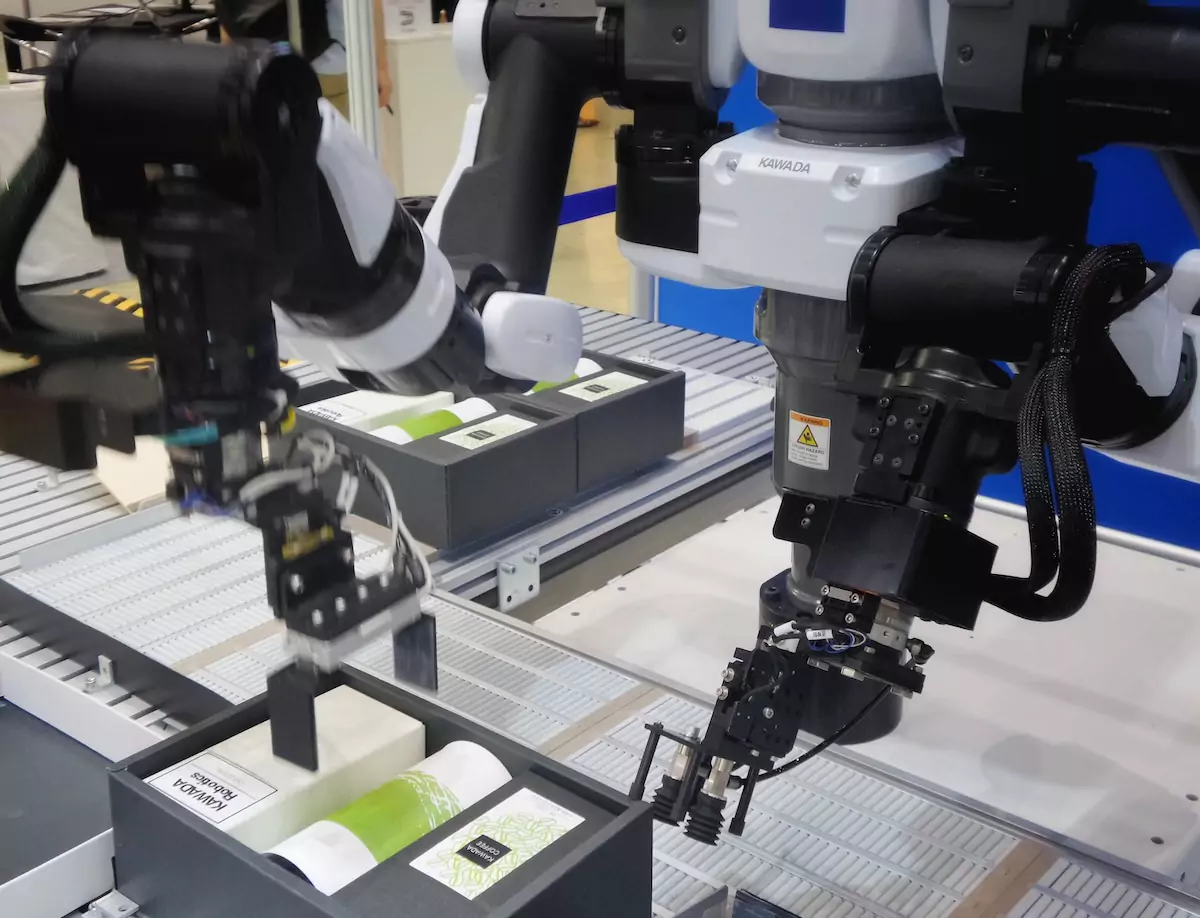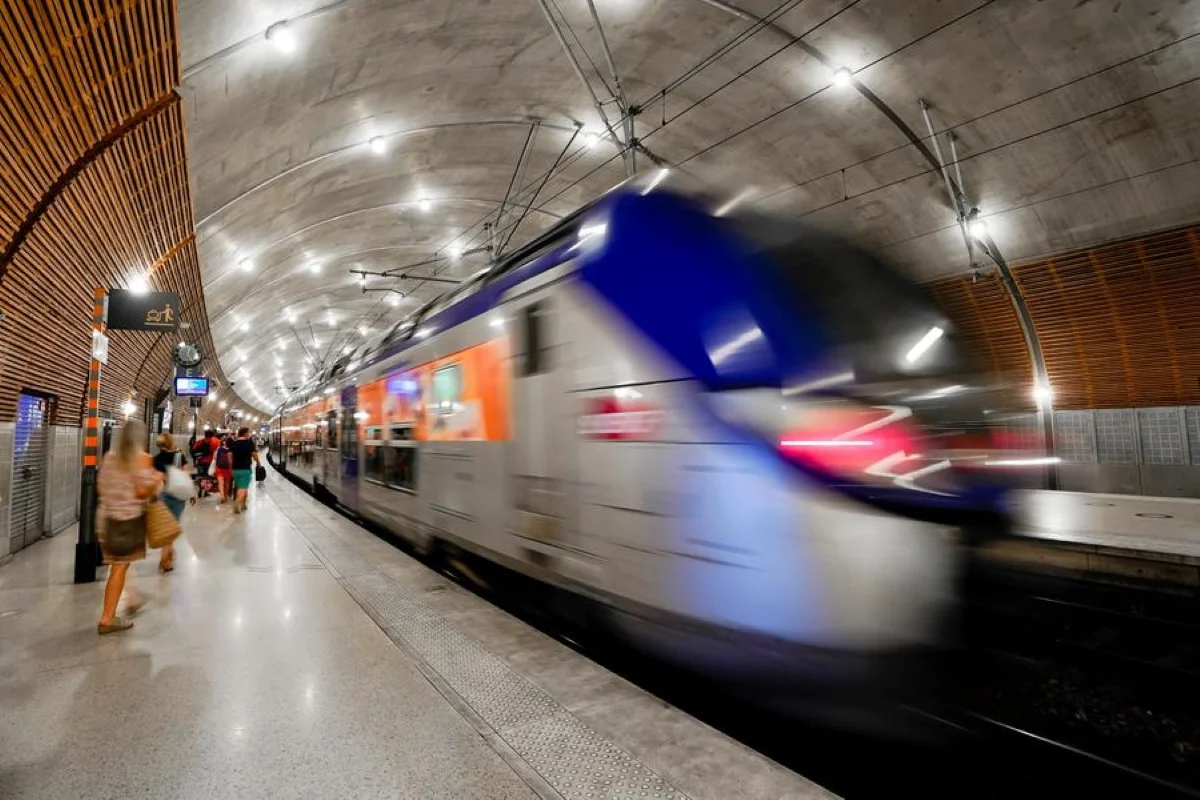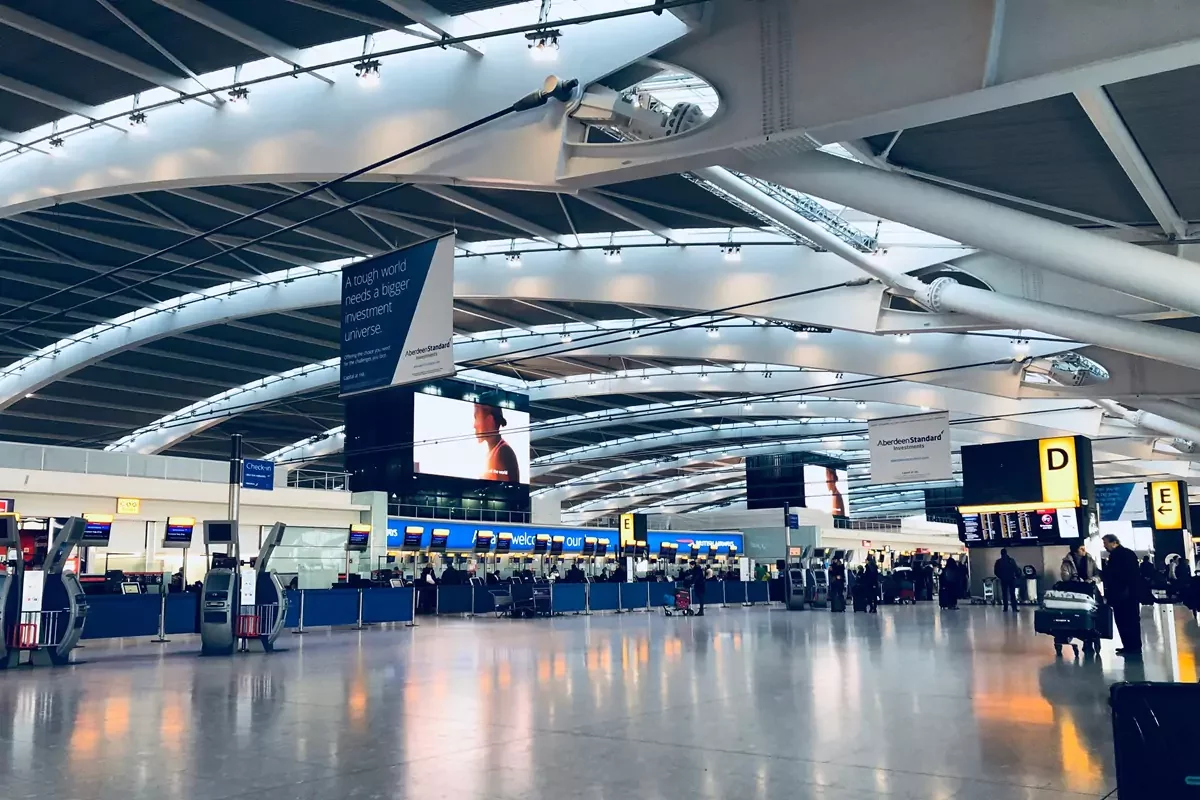Welcome to the inaugural edition of Monaco Life‘s Around the World series, where we embark on a global journey to uncover the hidden gems of some of the most captivating cities and destinations on the planet, starting with Rio de Janeiro, a city pulsating with vibrant culture, exhilarating nightlife and mouth-watering cuisine.
From its top restaurants to the best places to unwind and soak in the breathtaking sights of Rio, let Monaco Life guide you through an unforgettable adventure in one of the world’s most dynamic cities.
A night out in Rio
Time Out magazine recently named Rio de Janeiro as the best place in the world to party in 2024.
The city’s current hotspot is Elena Horto, found in the upscale Jardim Botânico neighbourhood. This two-storey glass-walled mansion blends creative cuisine by Chef Itamar Araújo, which features dishes inspired by Asian flavours, with a world-class cocktail menu and top-flight DJ sets. It’s a place that attracts Brazil’s elite society, from football legends to famous singers and actors. To put it simply, this is the place to be seen, and reservations for Elena Horto are incredibly difficult to obtain as they’re only possible through locals who are known clients there or through exclusive concierge services.

Another must-try spot is Eleninha, a more informal and accessible extension of Elena Horto that opened in February 2024. Eleninha provides an intimate setting, particularly on its balcony, which boasts views of Christ the Redeemer and the Botanical Gardens.
For a more casual option, Bar Jobi is perfect. Opened in 1956, this iconic bar in Rio’s most expensive neighbourhood, Leblon, is a beloved spot for locals and tourists. Known for its Brahma draft beer, the bar balances tradition with modern flair. The menu features a variety of drinks, with plenty of takes on the caipirinha, the signature drink of Brazil.
Also located in Leblon, Boteca Belmonte is a trendy bar with a laid-back vibe. During national football matches, it becomes a lively spot to enjoy the game.
The sounds of Rio
Music and dance are essential parts of the Brazilian way of life. To fully immerse yourself in Carioca nightlife, the Lapa neighbourhood is the place to be. Situated in the historic centre of downtown Rio, this neighbourhood is a world away from the polished beaches of Ipanema and Leblon, and its nightlife scene is legendary.
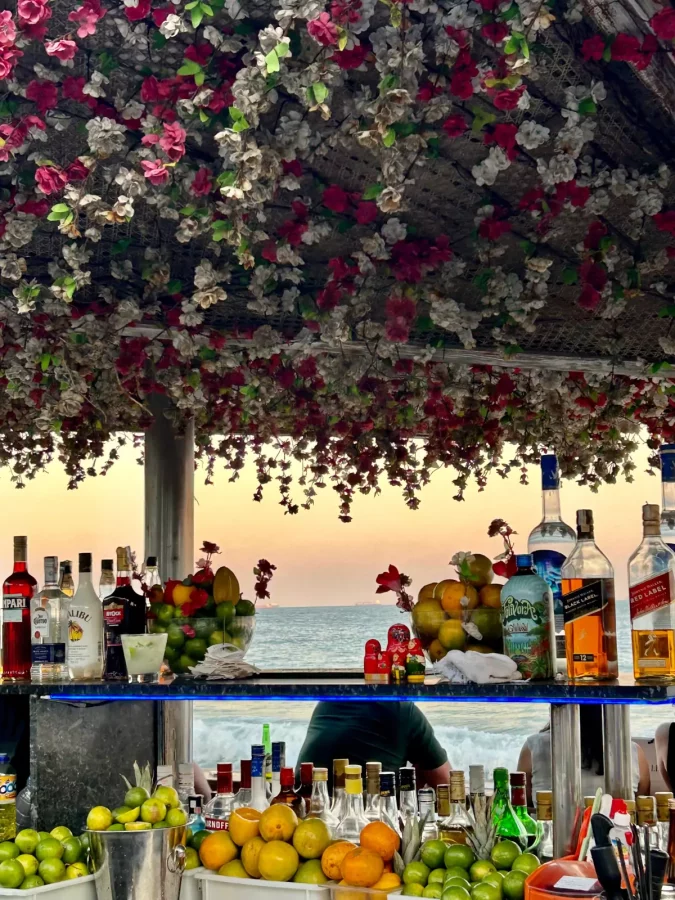
Once a district of crumbling mansions, Lapa has undergone significant gentrification, with many of its historic buildings now housing hip bars and vibrant nightclubs. Despite the changes, the area retains its authentic appeal, attracting both locals and an increasing number of international visitors. The district is most famous for its weekend street parties, which fill the area around the iconic Arcos da Lapa with crowds ready to dance into the early hours.
Lapa’s nightlife caters to all tastes. Long-standing venues like Rio Scenarium offer a multi-floor experience of live samba and eclectic music, while newer hangouts like Leviano Bar reflect the area’s ongoing transformation. Lapa is also where Brazilian Funk, often referred to as Funk Carioca, can be witnessed. This dynamic dance style originates from Rio de Janeiro’s favelas and is a powerful form of expression, reflecting the social realities of urban Brazil while also serving as a symbol of identity for many young Brazilians.
An increased police presence supervises the neighbourhood’s lively atmosphere, making it safer than in the past, but caution is still advised.
Rio’s gastronomy
Rio’s restaurants are in another league, with the freshest produce and impeccable service a given at almost every address.
Reservations are uncommon in Rio—something that might take some visitors by surprise—so arriving close to the restaurant’s opening time is advisable to secure a table. On top of this, service times are non-existent, meaning that one group can sit at their table for the entire duration of the restaurant’s opening hours.
Founded nearly 40 years ago by Italian restaurateur Miro Leopardi, Satyricon is a staple of high-end dining in Rio de Janeiro. Now run by his family, the restaurant specialises in classic Italian and Mediterranean dishes. The entrance features a display of fresh seafood, with platters offering combinations like oysters, king crab and shrimp. Monaco Life recommends the giant shrimp served in risotto with burrata and salmon roe.
A member of the World’s 50 Best Restaurants club, the Mee restaurant in Copacabana Palace, the most famous hotel in Rio, is the city’s first pan-Asian restaurant. The Michelin-starred address, overseen by renowned Chef Ken Hom, offers an authentic Southeast Asian dining experience. The menu features a dedicated sushi bar with 16- or 19-course omakase options, a nine-course tasting menu and an à la carte selection with each dish’s origin marked by a flag illustration.
A classic in the Leblon neighbourhood is a place called Sushi Leblon. This exclusive dining spot has been a top choice for high-quality Japanese cuisine for nearly four decades. Known for its blend of tradition and modern food trends, the restaurant features an intimate space with dark tones and wood décor. Monaco Life recommends the tuna tartare with egg yolk and black roe. The menu also includes a variety of sushi, sashimi and ‘combinados’ platters that feature a selection of the best dishes.
For lunch, Aprazivel, located in the Santa Teresa neighbourhood, is well-worth a visit. A favourite spot of Madonna, this establishment feels like the jungle, perched on a cliff surrounded by palm trees and greenery, and offers a panoramic vista over Rio. Here, one can experience the true flavours of Brazil as dishes are made only with organic and biodynamic ingredients. Monaco Life suggests the free-range ‘galinhada caipira’, featuring flavourful chicken rice, plantains, Minas Gerais sausage, braised cabbage and pepper jelly with beans.

The best restaurant for meat lovers would be Rubaiyat, which is suitable for lunch or dinner. The restaurant is situated in the Hipódromo de Gávea, adjacent to the botanical gardens, and offers stunning views of the horse-racing track and the iconic Christ the Redeemer statue. The large dining room features a counter with a glass window overlooking the churrasco grill.
Tourist attractions
One of the most iconic landmarks in Rio de Janeiro, the Christ the Redeemer statue stands atop Corcovado Mountain. This UNESCO World Heritage site is a must-visit for anyone travelling to Rio, but it can get quite crowded so beat the other tourists and head up there first thing in the morning.
Another prominent attraction, Sugarloaf Mountain, provides a breathtaking cityscape and Guanabara Bay vistas. Visitors can take a cable car ride to the summit for an unforgettable experience.
Famous for their golden sands and lively atmosphere, the beaches of Copacabana, Ipanema and Leblon are ideal spots for sunbathing, swimming and enjoying the local beachside bars and famous fitness zones. The best part? You can buy a fresh coconut to enjoy on the beach for only a dollar.
The Jardim Botânico is a must-see. This peaceful haven is home to countless plant species, including rare and endangered plants and a wide variety of orchids, a staple plant in Brazil. The gardens provides a serene escape from the city’s hustle and bustle.

Accommodation
The Belmond Copacabana Palace, a landmark in Rio de Janeiro, is renowned for its luxurious accommodations and timeless elegance. Situated on the iconic Copacabana Beach, the hotel offers stunning ocean views and a blend of classic and contemporary design. With its opulent rooms, fantastic dining options and world-class amenities, such include a rooftop pool and an exclusive spa, the Copacabana Palace remains a top choice for travellers seeking glamour and comfort in Rio.
Situated on Ipanema, the Fasano Hotel in Rio blends luxury and style. Set in a prime location, the hotel features a stunning pool with breathtaking views of the Two Brothers Mountain. Guests enjoy modern comforts, an excellent restaurant and generous amenities.
For a more affordable alternative to Fasano and Copacabana Palace, the Janeiro Hotel in Leblon offers a fresh take on luxury with its chic, modern design and relaxed vibe. It features stylish rooms with stunning ocean views and a sleek pool area perfect for unwinding.
Monaco Life is produced by real multi-media journalists writing original content. See more in our free newsletter, follow our Podcasts on Spotify, and check us out on Threads, Facebook, Instagram, LinkedIn and Tik Tok.
Main photo source: Agustin Diaz Gargiulo, Unsplash





